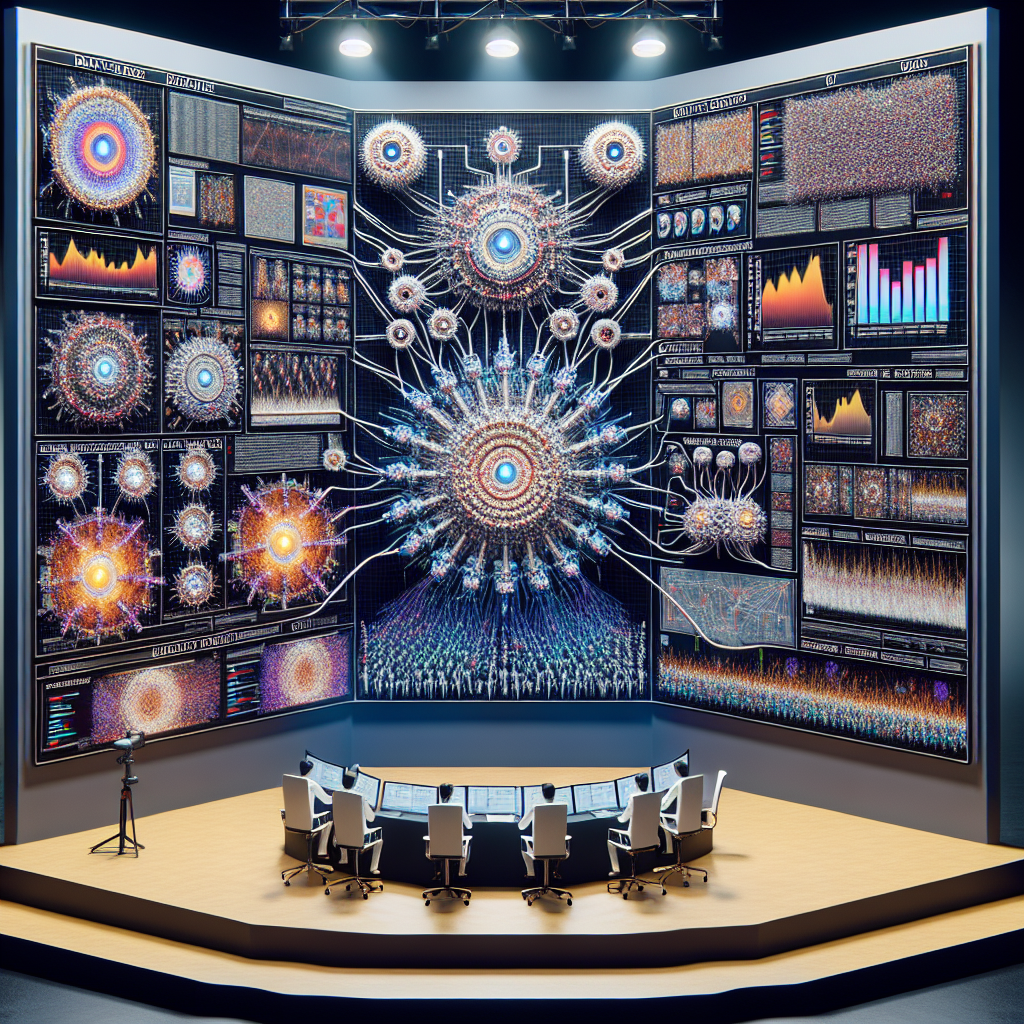Highlights:
- A new framework called Speculative Verdict (SV) combines small and large Vision-Language Models to improve visual reasoning.
- SV enhances performance on information-dense visual tasks such as InfographicVQA and ChartQAPro.
- It employs a consensus-based expert selection mechanism for efficiency and accuracy.
- The method achieves both accuracy gains and reduced computational cost compared to traditional large-scale models.
TLDR:
Researchers Liu, Qin, and Wang propose the Speculative Verdict (SV) framework, a hybrid approach leveraging small draft models and a large verdict model to handle complex, information-heavy visuals. The system enhances accuracy while cutting computational cost, marking a key step forward in multimodal reasoning for next-generation AI.
In a breakthrough study that could reshape how artificial intelligence interprets complex imagery, researchers **Yuhan Liu**, **Lianhui Qin**, and **Shengjie Wang** have unveiled a novel framework entitled *Small Drafts, Big Verdict: Information-Intensive Visual Reasoning via Speculation*. The research, published on arXiv in October 2025, introduces a new method for handling high-density visual data — a stumbling block for even the most advanced Vision-Language Models (VLMs). Traditional VLMs excel at linking images and text but often falter when asked to decode information-rich visuals filled with intertwined annotations, charts, and fine details. The Speculative Verdict (SV) framework addresses this challenge by combining the strengths of multiple smaller VLMs with one large, decisive model.
At the heart of SV is a two-stage reasoning process inspired by speculative decoding, a technique originally used to optimize text prediction. In the first stage — the *draft phase* — small, efficient VLMs act as ‘draft experts,’ generating several reasoning paths that attempt to localize and interpret critical visual cues. These draft outputs present alternative hypotheses about image content, covering a wide range of possibilities without heavy computation. The second stage — the *verdict phase* — involves a stronger, high-capacity VLM that synthesizes these multiple drafts. By merging insights from diverse reasoning paths, the verdict model can arrive at a final, refined answer with a higher probability of correctness.
A major innovation of the Speculative Verdict approach is its *consensus expert selection mechanism*. Before passing draft outputs to the verdict model, SV calculates agreement levels among the drafts and only forwards high-consensus reasoning paths. This filtering step dramatically improves both accuracy and efficiency, allowing the system to focus computational effort on the most promising interpretations. The result is a streamlined reasoning process that not only enhances accuracy but also reduces computational overhead, making SV an attractive alternative to expensive, fully trained large-scale VLMs.
Empirical results show consistent gains across several challenging benchmarks, including InfographicVQA, ChartMuseum, ChartQAPro, and HR-Bench 4K — datasets known for their complex layouts and high information density. Compared to proprietary closed-source AI models or data-intensive training pipelines, SV’s training-free design emphasizes scalability, interpretability, and sustainability in AI research. By blending speculative computation with cooperative model reasoning, this work lays the foundation for future systems that can think more like humans — forming and validating multiple hypotheses before reaching the right conclusion. The researchers have made their implementation publicly available on GitHub, promoting open collaboration in the visual reasoning community.
Source:
Source:
Original research paper: Liu, Y., Qin, L., & Wang, S. (2025). Small Drafts, Big Verdict: Information-Intensive Visual Reasoning via Speculation. arXiv:2510.20812 [cs.CV]. Available at https://arxiv.org/abs/2510.20812

